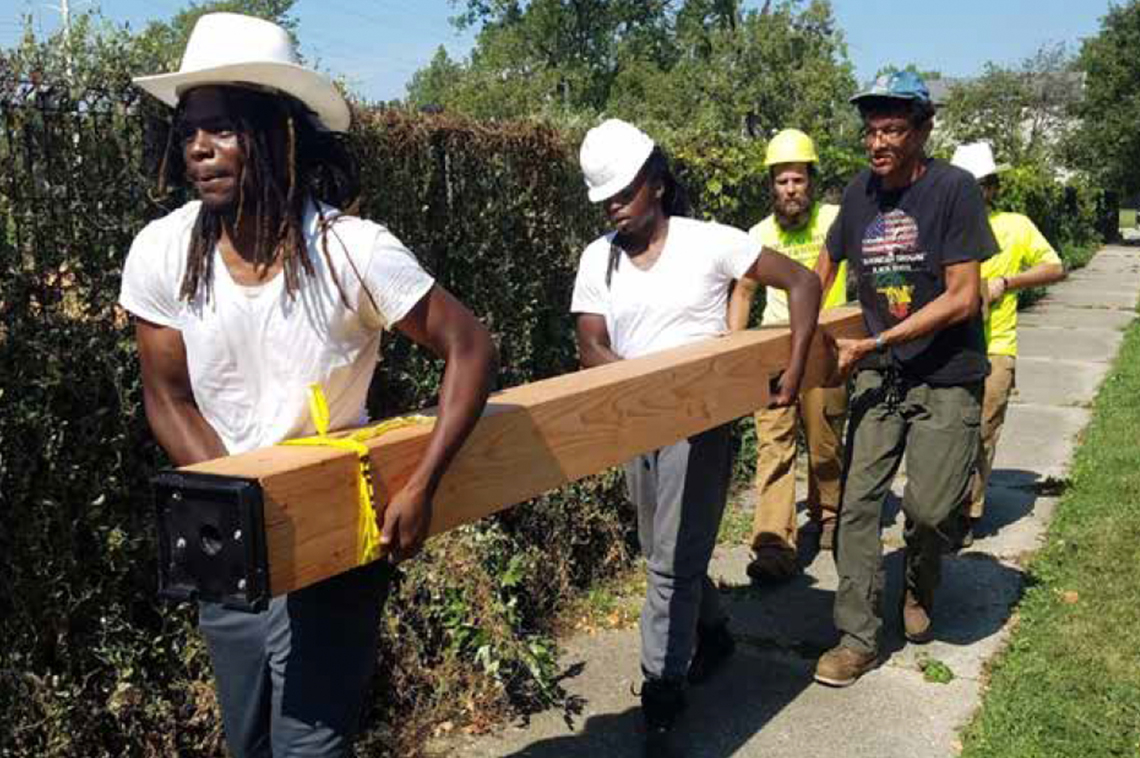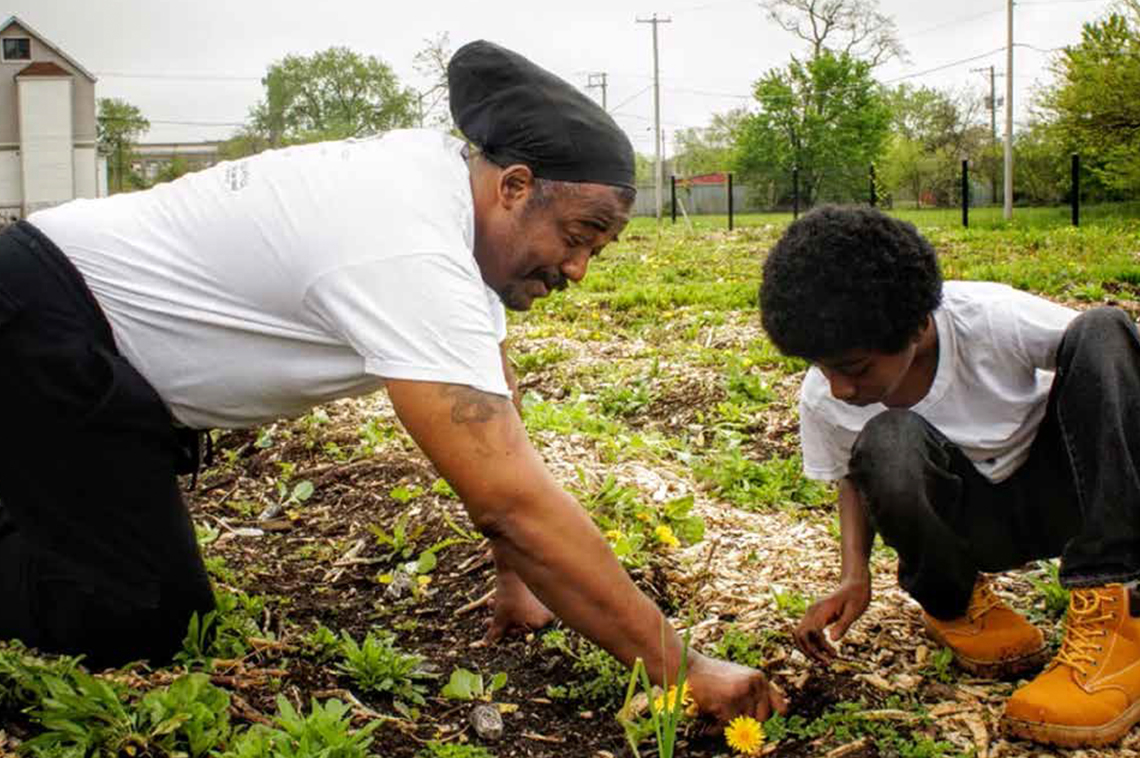

What happens when arts and cultural strategies are deployed toward community planning and development goals? How can the arts sector support the outcomes already articulated by the various fields within community development: housing, health, public safety, economic development, etc.
ArtPlace’s research strategies seek to understand both the processes undertaken and the outcomes achieved by effective creative placemaking practice. As a core part of this research agenda, we are taking each of the 10 sectors in our community development matrix and exploring how arts and cultural practitioners have been and might be partners in helping to achieve those sectors’ goals.
One of the ways we’re organizing and packaging this research is in a series of field scans that survey and analyze projects, research, policies, and institutions—as well as interviews with thought leaders, practitioners, and community members—all related to the specific lens of one community development sector.
Our fourth field scan, Farther, Faster, Together: How Arts and Culture Can Accelerate Environmental Progress, was published in February 2018 with a focus on the “environment & energy” sector. This month, in light of our blog’s “food & agriculture” theme, we are excerpting a case study from this field scan that illustrates the cross-sectoral power of arts and culture processes to help meet myriad community development goals.
Perry Avenue Commons
The South Side of Chicago is a predominantly African-American community that has suffered from decades of disinvestment and neglect, leading to high levels of poverty, unemployment, and crime. The neighborhood has myriad environmental health challenges that correlate with poverty—including lack of access to healthy food.
In 2014, artist and designer Emmanuel Pratt looked at his neighborhood and instead of a tangle of liabilities saw opportunity and underutilized assets. He began working with the community to build Perry Avenue Commons, a series of aquaponic farms, community gardens, and art spaces that utilize the neighborhood’s vacant lots and buildings to put people to work.
In the few years since, Perry Avenue Commons has grown to include more lots and houses, and is achieving a range of environmental, social, health, and economic benefits. The farm helps feed neighborhood residents and supplies Chicago’s locavore restaurants, which have an insatiable demand for its produce. Its aquaponic systems are drought-resilient, reduce summer heat effects, prevent flooding, and generate renewable energy, which the farm sells back to the grid. (With this revenue, it provides paying jobs to neighborhood residents who build and work on the farm.) The project has reinvigorated a sense of community pride and agency, and spurred a number of other improvement projects driven by residents.
Pratt credits the farm’s artistic elements—murals, landscape design, traditional woodworking, festivals and performances, and culinary arts—with enabling Perry Avenue Commons to reach its environmental goals. Art creates a welcoming symbol of regeneration and care that draws residents to the site, changes how they relate to each other, and activates a sense of possibility and ownership. The beauty of the site also attracts public and private investments.
Pratt says, “The second we activated the garden site through art and culture, not only did vandalism completely disappear, we became an international tourist destination point.” It has been featured in museum exhibits at the Art Institute of Chicago and internationally, and its art world validation has made the City of Chicago more supportive. This positive attention to a neglected part of the city helps convince officials to allow activities that are not covered by existing zoning regulations.
The project is also demonstrating the potential of a new model for urban agriculture and community energy generation that can be replicated in other communities. The farm is providing data on its water and energy use to interested engineers worldwide. It is also working with Harvard Graduate School of Design and the Massachusetts Institute of Technology to develop new economic models for delivering on triple bottom line ROIs (“people, planet, and profit”).
Pratt is emphatic about the importance of art to sustainability outcomes: “Art is key in helping shift perception and open people’s minds to the possibilities of this change. And the artistic perspective is what helped us see that we could create something out of what was perceived to be ‘nothing.’”
- Read more about Perry Avenue Commons in this ArtPlace project page and blog post
- See Emmanuel Pratt’s profile in the Grist 50 for 2018 & read an interview with him in ARPA Journal
- Learn more about Regenerative Neighborhood Development, the “inclusive, art-inspired, and agriculture-fed approach to neighborhood development” that Perry Avenue Commons is employing to such awesome effect





